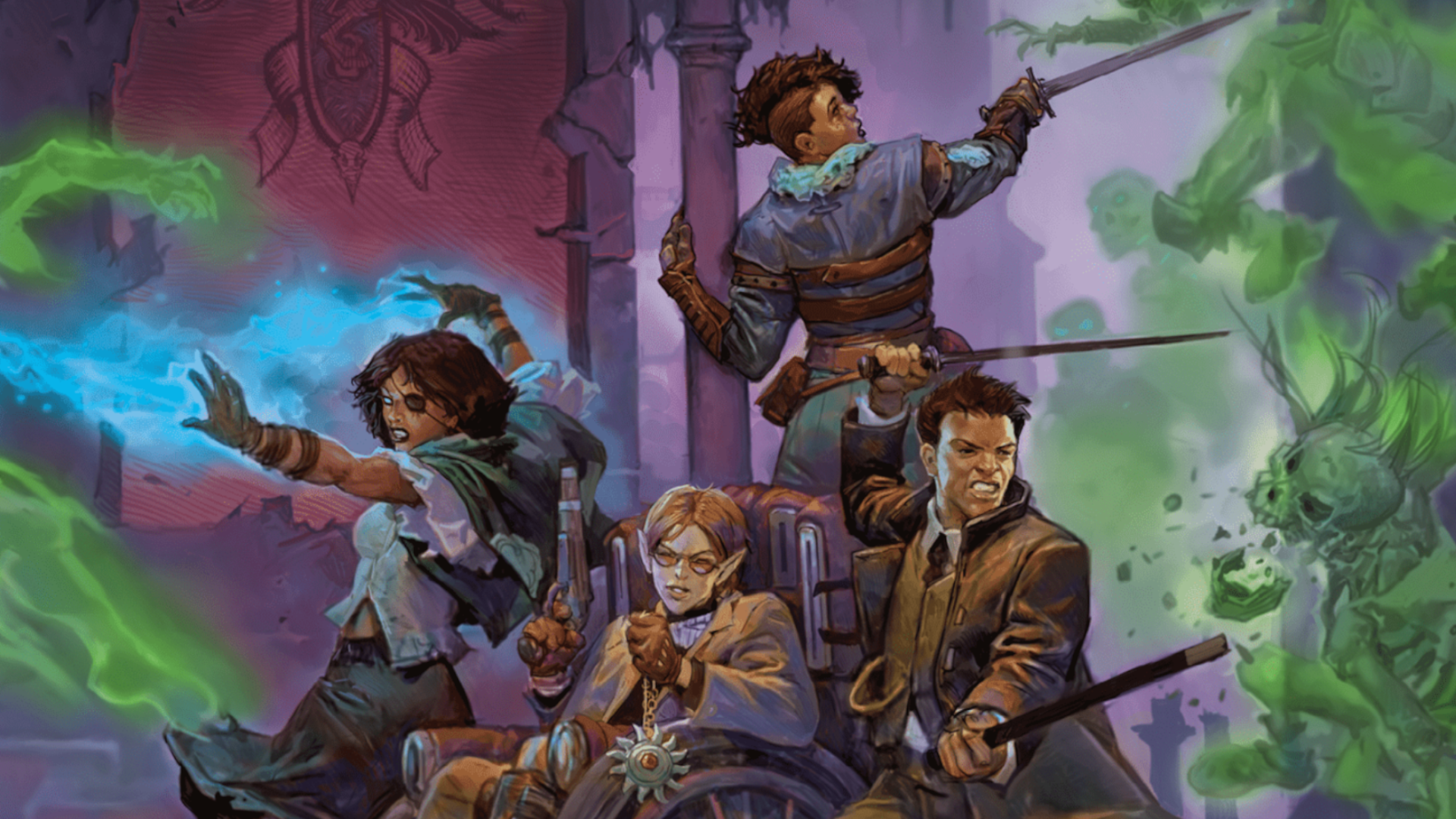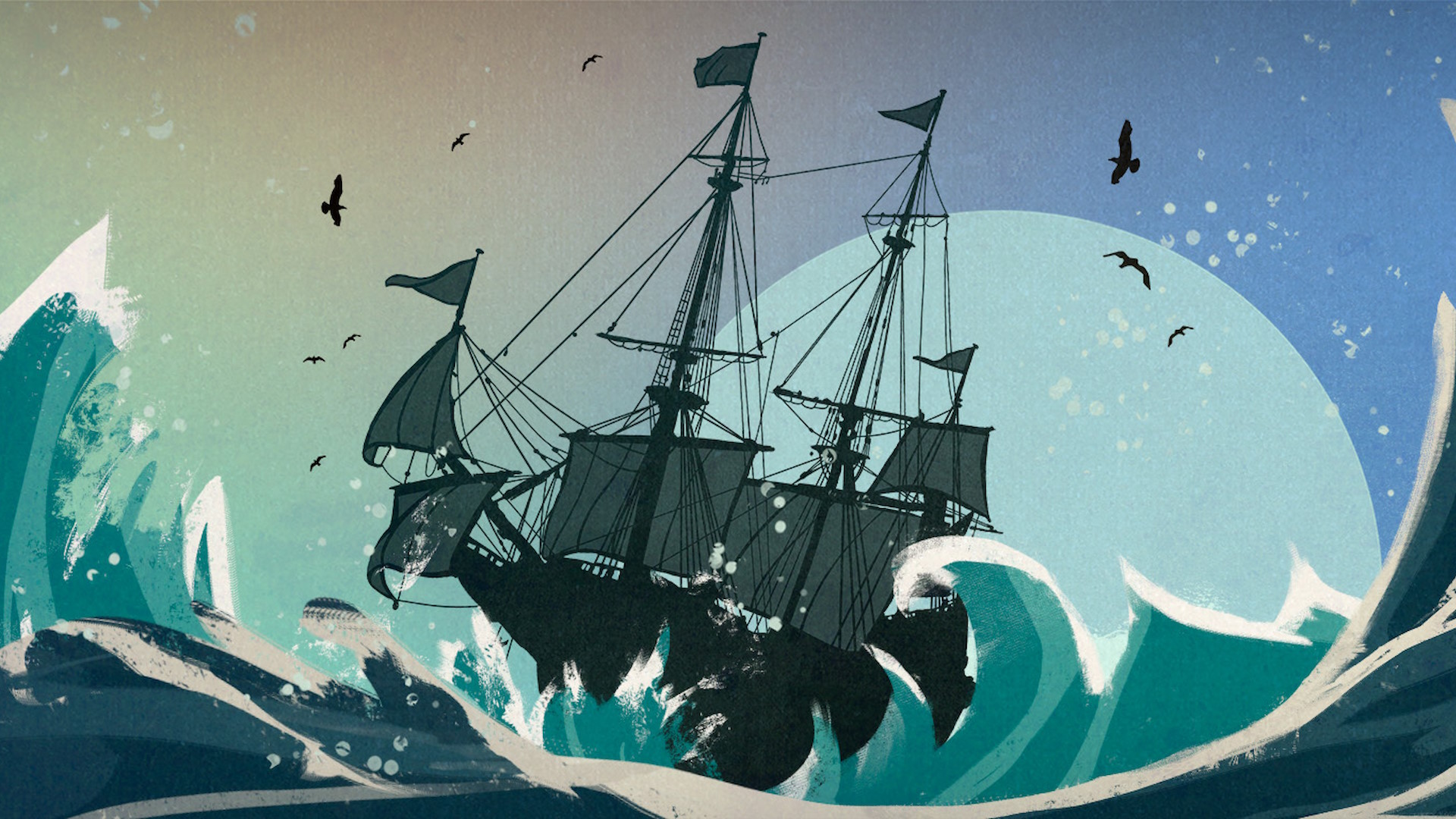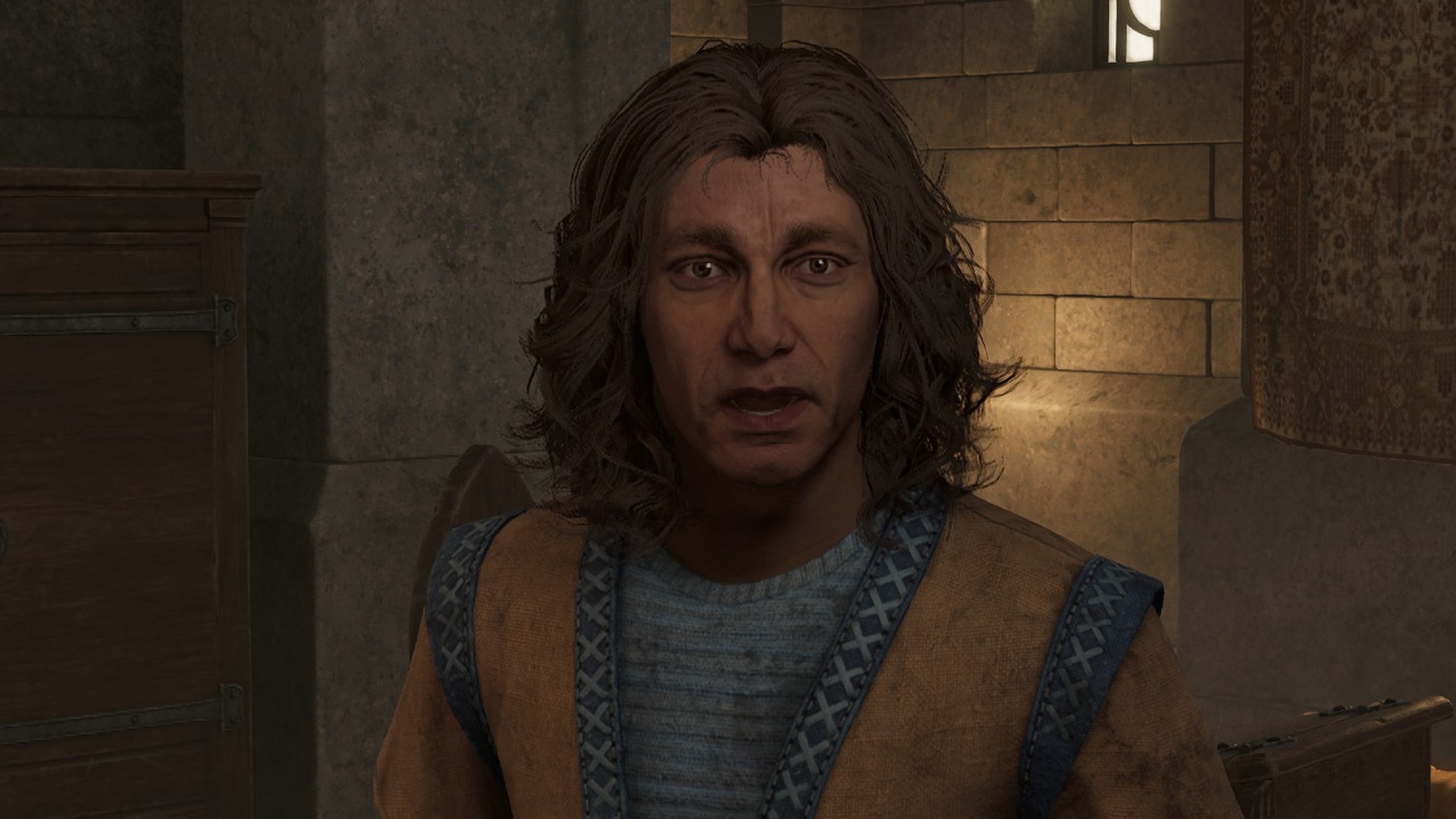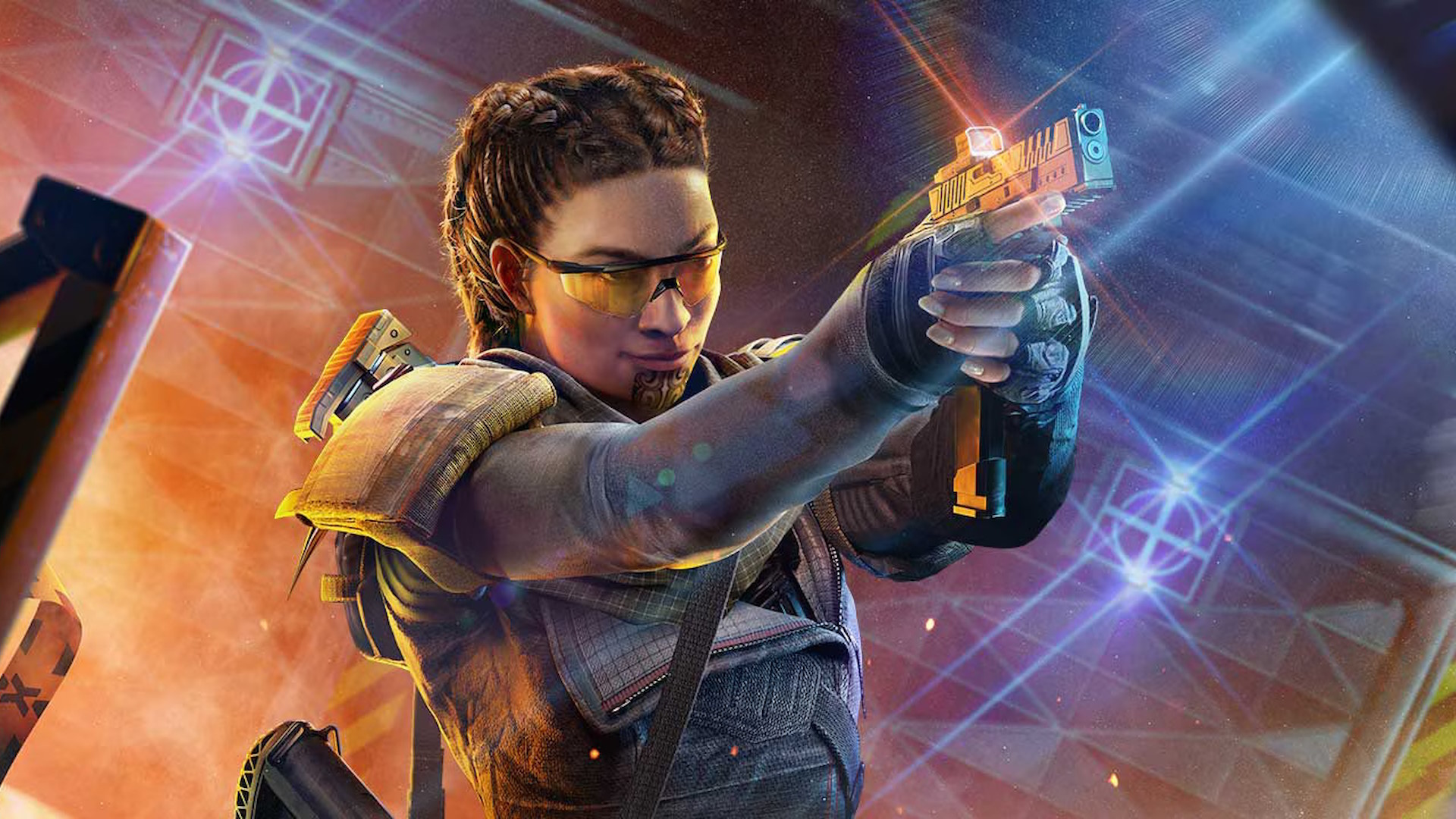
Halfway decent homebrew.
Dungeons & Dragons’ 2024 rulebooks seek, among other things, to address some of the more long-standing complaints with the system—now, I’ve got my own opinions on Wizards of the Coast’s decisions to just upgrade their existing shtick instead of trying something new, but for people who love 5th edition (5e) and don’t want to rock the boat, it’s been a strong showing so far.
It looks like that trend’s going to continue with the upcoming 2024 Dungeon Master’s Guide (DMG), according to a new video posted to the official D&D channel yesterday. In case you’re unfamiliar, the original 5e DMG, which came out in 2014, has constantly been the source of some ribbing for one reason—it didn’t really do a great job teaching you how to run the game.
It was semi-useful, sure, given that it had all the snazzy magic items in it, and some awkward guidance for encounter building (that didn’t really stand the test of time), but other than that it was mostly a bunch of setting-based fluff, which didn’t work out too well. It gestured in the direction of teaching players how to set up their own plots and organise their own notes—but only vaguely.
The 2024 DMG, which arrives November 12, looks to course-correct by having an entire chapter dedicated to helping new players out when it comes to designing their own adventures. As creative director Christopher Perkins put it: “This is advice to you, the DM, about how you can prepare for your own game.” In other words, a Dungeon Master’s Guide that actually guides your dungeon mastery.
According to Perkins and senior game designer James Wyatt, the 2024 DMG’ll handle this by setting out a four-step plan for newbie DMs: Premise, Hook, Encounters, and Climax—stop giggling, it’s perfectly acceptable storytelling terminology.
As Perkins then goes onto talk about what he enjoys himself, as a seasoned DM telling stories, Wyatt chimes in: “It’s interesting—a lot of what you’re talking about branches into the campaign chapter. [It talks] about how you string adventures together, character development over the campaign.”
Given I’ve not locked eyes on the thing, it’s hard to make a judgement call as to how successfully the DMG does it. But taking Wyatt on good faith here, this is huge. D&D will always be a system designed around killing monsters and getting loot (it’s what most of the rules are for), but plenty of players—myself included—have used it to tell long-form narratives. Actually providing concrete guidance on how to do this has fallen to the wayside for the longest time. It’s why I recommend that anyone who likes playing D&D tours other systems to pick up their tips and tricks.
This is, alas, D&D—so of course Wizards has done this through a set of random tables. These tables are thematically broken up into level tiers of play to provide options appropriate for your table’s power level—for example, when Wyatt and Perkins roll up a level 10-15 adventure, the premise they land on is “A ship carrying a treasure or valuable artefact sinks in a storm or monster attack.”
In fairness, the suggestions on these tables do seem like solid starters, with both DMs making the salient point that the prompt in question encourages a DM to figure out who sent the ship, what the artefact is, and why it’s at the bottom of the ocean—things that could happily lead to a new campaign. There are tables for hooks, as well, broken up into Patron, Supernatural, and hilariously, Happenstance. Sometimes you just fall in a dungeon sinkhole, them’s the breaks.
There’s also an “Adventure Climax” table—which refers to the ending of a campaign, not your game night getting a little weird and occult. This gives DMs a few suggestions for ways in which to bring an explosive end to their story, such as an NPC betraying the party (“Use this climax carefully, and don’t overuse it”, Perkins adds).
While I would’ve preferred something a little more systems-driven for DMs to play with, such as the introductory questions or relationship triangles included in Masks, at least D&D’s making an earnest effort. I do sorely hope the full thing doesn’t relegate this advice to those random tables, though. While they’re helpful brainstorming tools, they’re limited in scope—some actual methods and exercises to get the ball rolling will have better staying power.
The chapter will also give players some solid advice on how to set up NPCs—such as the oft-utilised guide character who can offer hints to keep players on track or, my favourite flourish, a “monster relationships” table for personalising generic mooks in encounters. Perkins uses a great example of a room of goblins—an RPG staple—and then throws in one of the book’s suggestions, the idea that one of the goblins hates their boss and will start sabotaging them as the fight goes on: “Suddenly, you have an encounter the players are more likely to remember.” Good stuff.
Speaking of fighting goblins, there’s some further hints at the way encounter balancing works now which I am (cautiously) optimistic about. There’ll now simply be low, moderate, and high-risk combat difficulties—each with their own XP budget based on your party’s level and size. Gone are the days of fiddly multiplying based on enemy group size.
(Image credit: Wizards of the Coast / Hasbro – Art by Chris Rallis)
While I’ve seen nothing to convince me yet that action economy won’t still be king, Wyatt does mention that Wizards has accelerated the curve a bit: “By the time the 2025 Monster Manual is released, characters above level 10 are going to have their lives challenged more from both directions. Monsters of that level are getting their numbers amped up a little bit, but then also the encounter building guidelines say you can have more of those tougher monsters in the encounter … we’re pretty confident characters are gonna face appropriate and sometimes terrifying challenges.”
When it comes to accounting for things like party size, Perkins instead states that the book will have a troubleshooting advice section—and while this could be seen as offloading work onto the DM that the system ought to be doing, honestly? I’m not that upset with it. If Wizards is sticking with a revamped 5e, warts and all, it’s better for the designers to admit that there are stumbling blocks in encounter design—then give players the tools and advice with which to work around them.
I’m cautiously optimistic, overall. I’ve begrudgingly accepted that D&D won’t be making brave choices for the next 10 years, but I do sincerely want these 2024 books to be a refined version of what’s already there: books that do actually address the ways in which the system’s outgrown its roots as a dungeon-crawling smash ’em up. And if you are one of those war-minded gamers? Well, advice is always optional. Until the 2024 Monster Manual completes the trio of books in (confusingly) February 2025, we won’t know the full scope of things, but I live in hope.






